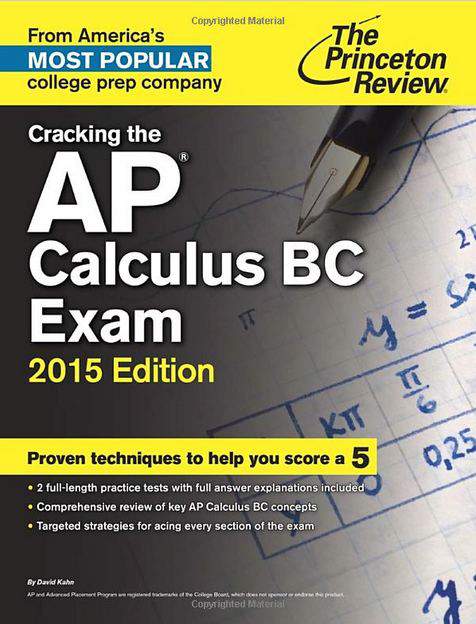Connecting...

This is a quick preview of the lesson. For full access, please Log In or Sign up.
For more information, please see full course syllabus of Calculus BC
For more information, please see full course syllabus of Calculus BC
Calculus BC Logistic Growth
Lecture Description
In this lesson, our instructor John Zhu gives an introduction to logistic growth. He explains the logistic growth function, defines the variables and the parts of the equation. He finishes with example problems.
Bookmark & Share
Embed
Share this knowledge with your friends!
Copy & Paste this embed code into your website’s HTML
Please ensure that your website editor is in text mode when you paste the code.(In Wordpress, the mode button is on the top right corner.)
×
Since this lesson is not free, only the preview will appear on your website.
- - Allow users to view the embedded video in full-size.
Next Lecture
Previous Lecture










































 Answer Engine
Answer Engine
 ,
, 





1 answer
Last reply by: Bharat Patel
Mon Mar 25, 2013 2:29 PM
Post by Raudel Ulloa on August 6, 2012
example 4, i got 152.9 pounds and the same k